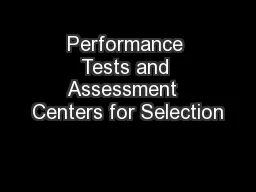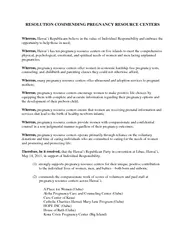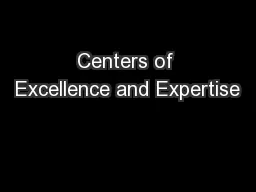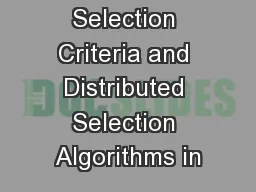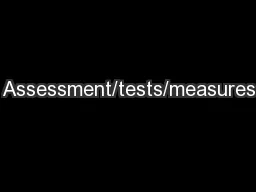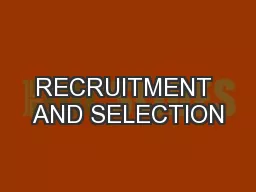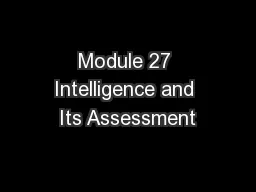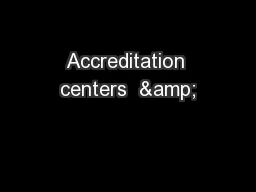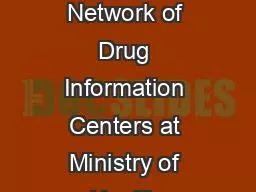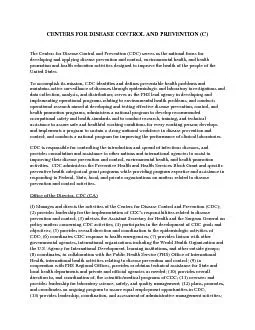PPT-Performance Tests and Assessment Centers for Selection
Author : stefany-barnette | Published Date : 2017-05-12
Part 5 Predictors of Job Performance CHAPTER 13 Performance Tests What Performance Tests Do Ask the applicant to do a representative part of the job for which he
Presentation Embed Code
Download Presentation
Download Presentation The PPT/PDF document "Performance Tests and Assessment Center..." is the property of its rightful owner. Permission is granted to download and print the materials on this website for personal, non-commercial use only, and to display it on your personal computer provided you do not modify the materials and that you retain all copyright notices contained in the materials. By downloading content from our website, you accept the terms of this agreement.
Performance Tests and Assessment Centers for Selection: Transcript
Download Rules Of Document
"Performance Tests and Assessment Centers for Selection"The content belongs to its owner. You may download and print it for personal use, without modification, and keep all copyright notices. By downloading, you agree to these terms.
Related Documents

